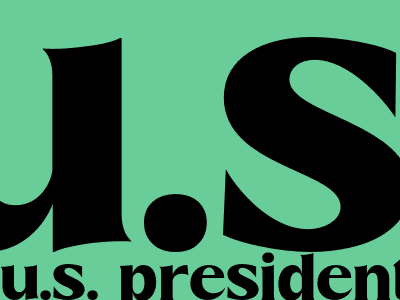
U.S. Presidential Election 2024: Exploring the Latest Polls
Understanding Pre-Election Polling
Political polling plays a crucial role in the U.S. electoral process, providing insights into voter preferences and potential election outcomes. Pre-election polls are conducted to gauge public opinion and identify frontrunners in the race.
Polling methodologies vary, but they typically involve surveying a representative sample of registered voters. Pollsters ask questions about candidate favorability, voting intentions, and key issues shaping the election.
Current Polling Landscape
As of [insert date], the 2024 presidential election remains highly competitive, with several candidates vying for the nomination from both major parties. According to recent polls:
- Among Democratic candidates, Joe Biden maintains a narrow lead, followed by Bernie Sanders, Elizabeth Warren, and Kamala Harris.
- On the Republican side, Donald Trump emerges as the frontrunner, with Ron DeSantis, Mike Pence, and Nikki Haley trailing behind.
Factors Influencing Poll Results
It's important to note that poll results are not definitive predictions of election outcomes. They represent a snapshot of voter sentiment at a specific moment in time.
A range of factors can influence poll results, including:
- Sample size and representativeness
- Polling methodology and question wording
- Political climate and media coverage
Interpreting Polling Data
When analyzing polling data, it's crucial to consider the following:
- Margins of error: Polls typically have a margin of error, which indicates the potential deviation from the actual population opinion.
- Trends over time: Comparing polls conducted over time can reveal shifts in public opinion and identify potential frontrunners.
- Qualitative factors: Polls provide only a quantitative snapshot; qualitative insights from focus groups and in-depth interviews can provide a more nuanced understanding of voter motivations.
Conclusion
Pre-election polls offer valuable insights into voter preferences and the evolving political landscape. By understanding the limitations of polls and interpreting them cautiously, we can gain a better understanding of the potential outcomes of the 2024 U.S. presidential election.